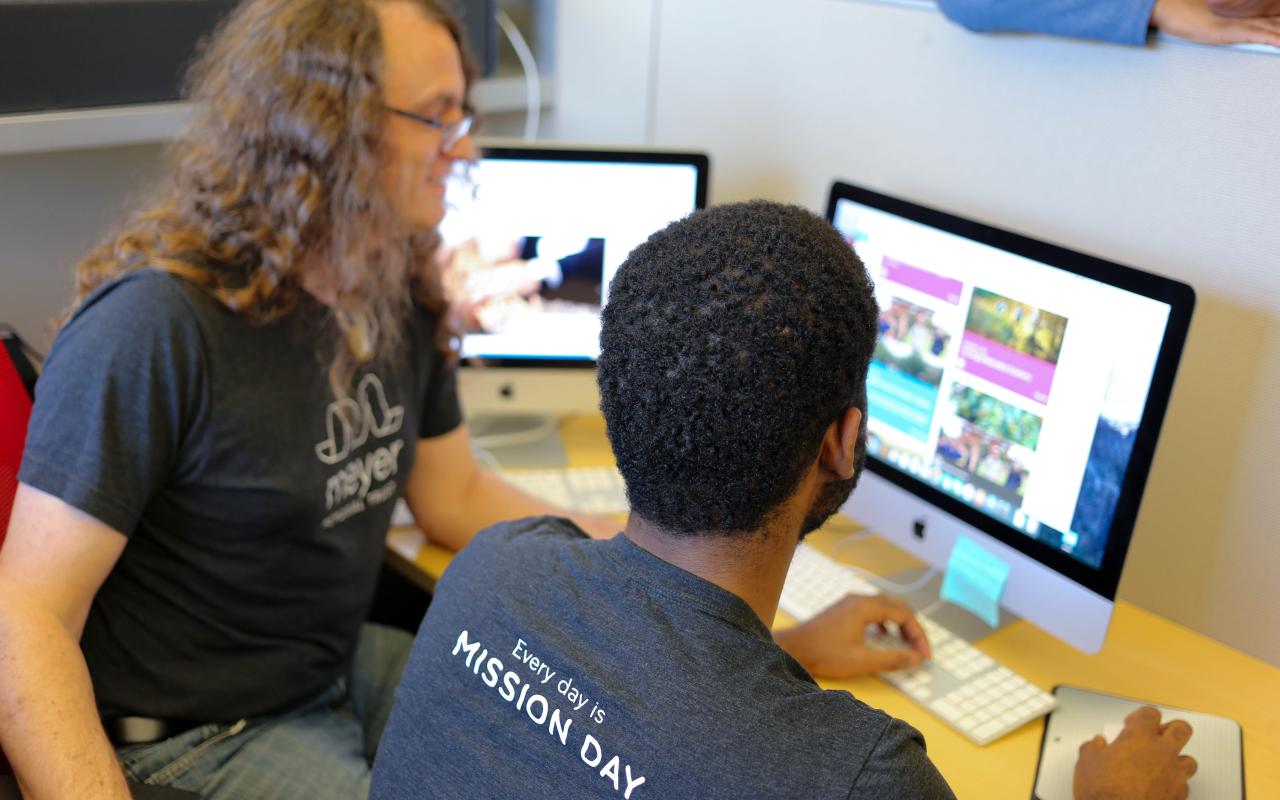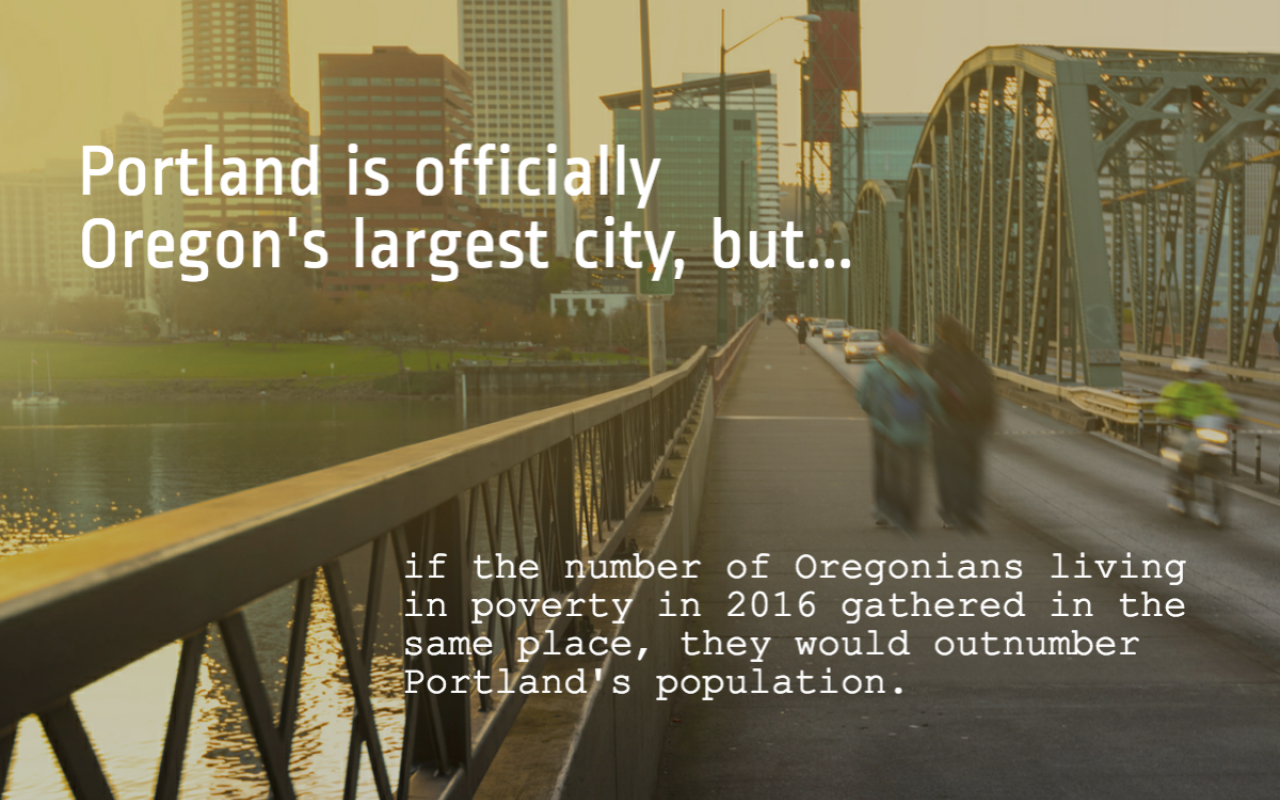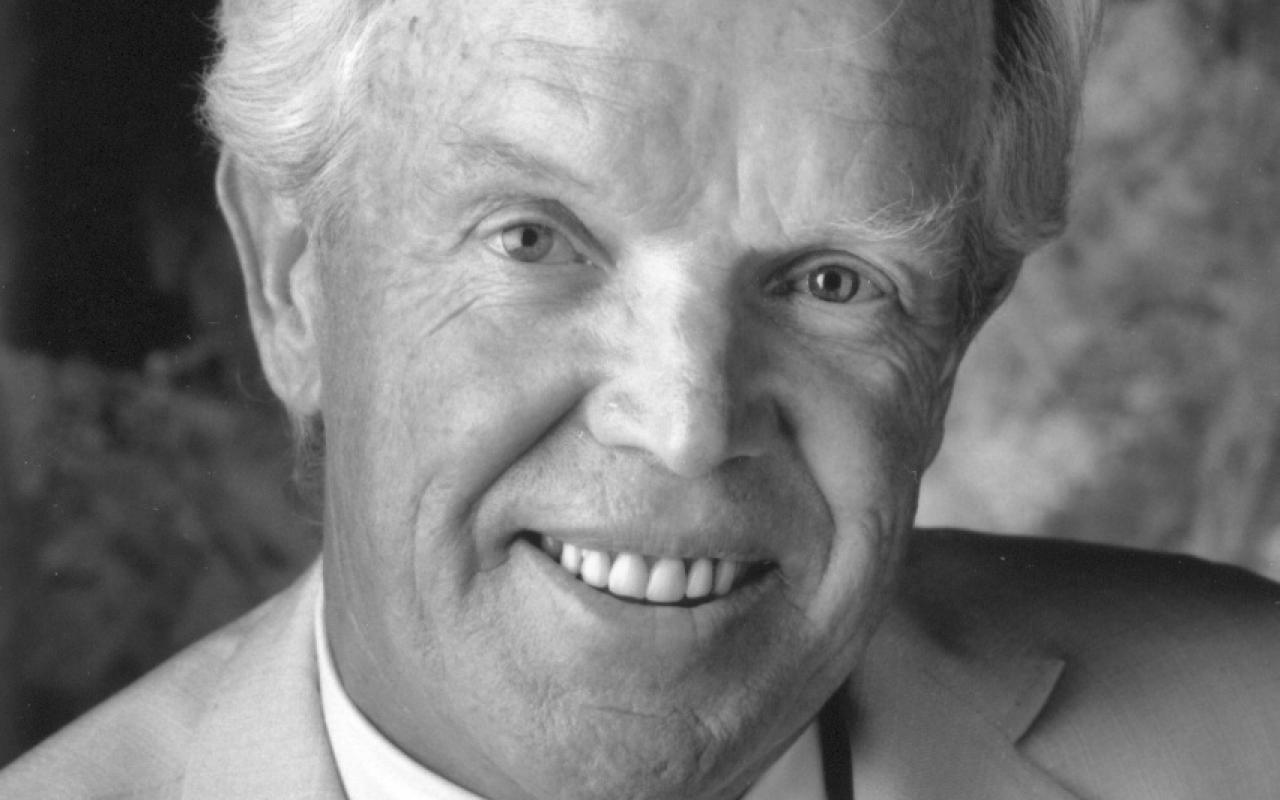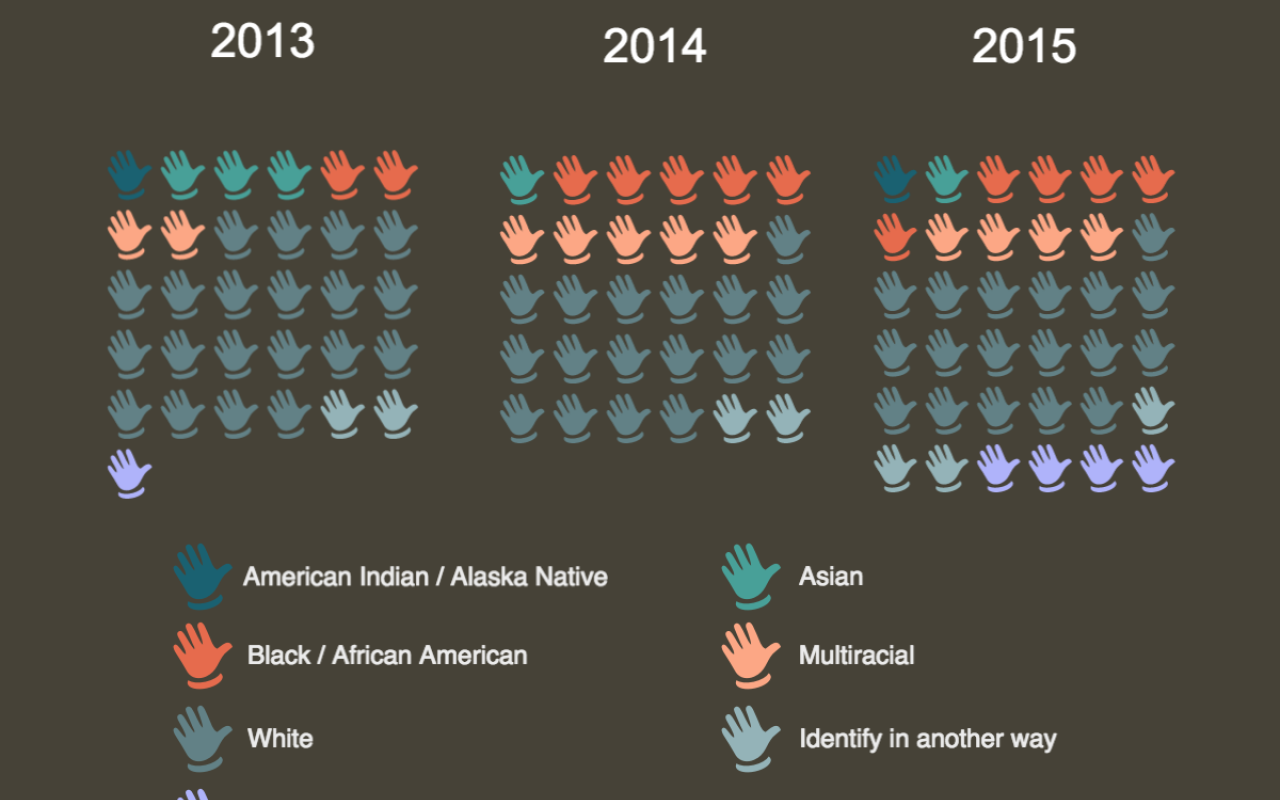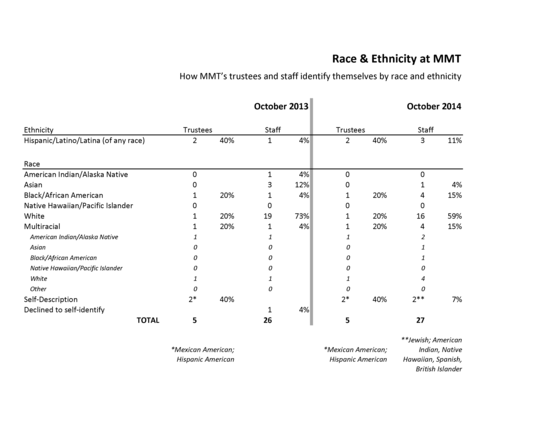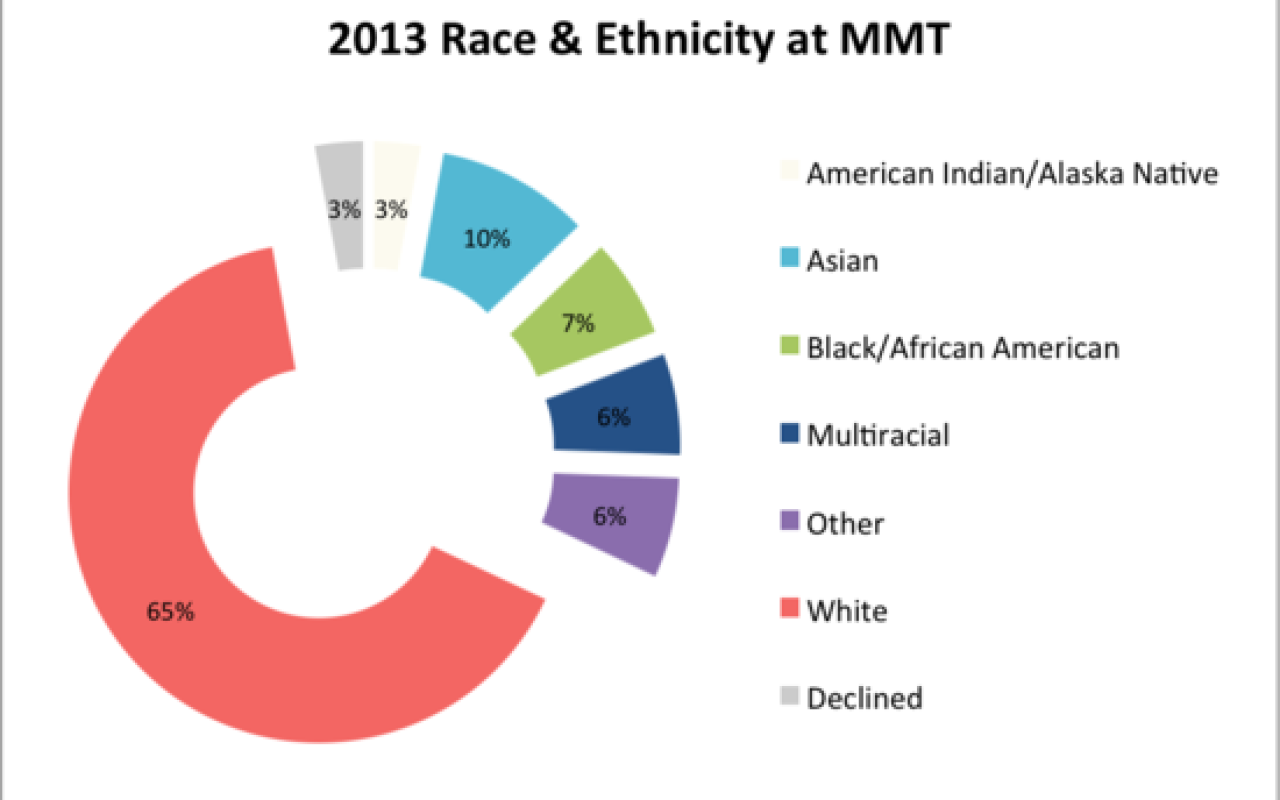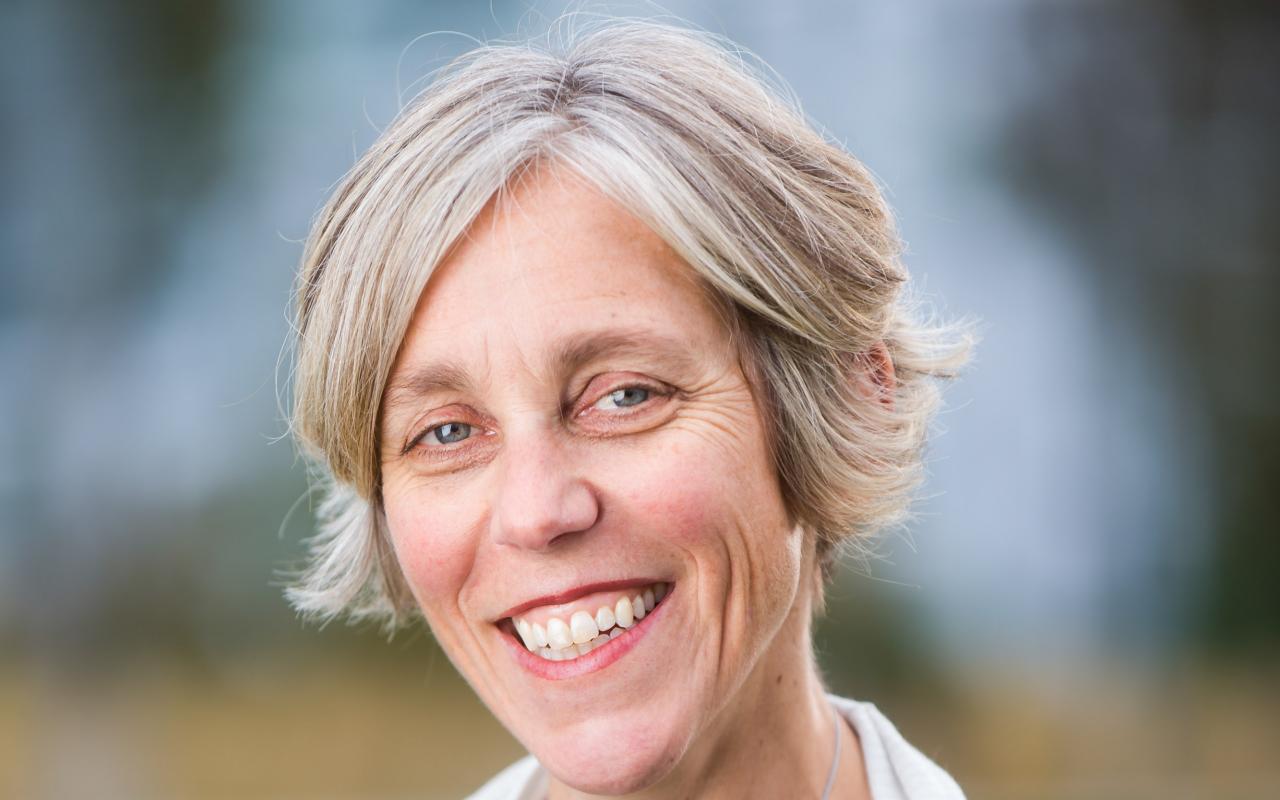Opening Doors to Safe and Affordable Housing
We are thrilled to share the Housing Opportunities portfolio’s grant awards for the 2016 funding round. All 39 awards support our vision for every Oregonian to have a decent, safe, and affordable place to call home. And all align well with our equity mission, either by working to reduce the disparities faced by marginalized people, supporting vulnerable populations or strengthening the many dedicated organizations working to bring stable housing to every Oregon community.
Beyond those common elements, we see the batch of awards as extremely diverse. It contains both solid and proven approaches and new, innovative efforts to increase stability and success for residents and address affordable housing needs. Some awards centered on bold approaches and others much more subtle.
Before looking at the grantees, we’ll explore a few notable themes evident in this batch of awards:
Equity is most prevalent in the populations served
The projects in the Housing Opportunities batch are all aimed to reach people living on lower-incomes. Our requirement was generally 60 percent area median income, but many projects reached populations at much lower-incomes, from zero to 40 percent area median income. The capital projects reached a variety of vulnerable populations and those most affected by the housing crisis: seniors, people with severe physical, developmental or behavioral disabilities, foster youth, pregnant and parenting youth, formerly incarcerated people, veterans and people of color. Other projects are designed to serve formerly homeless families and individuals, survivors of sexual assault and Latino seniors.
This funding batch also reaches several culturally specific organizations and some other culturally responsive organizations serving predominantly communities of color.
Equity also showed up in how projects are carried out.
All capital projects reflected a commitment to use minority-owned, women-owned and emerging small business contractors. (See more in our blog, Focus on Contracting). And where projects needed help to secure minority contracting, technical assistance support was awarded. Similar technical assistance was awarded for some projects that included equity components or for which we saw that equity training would be an important step for the organization.
Some goal areas reflected better geographic diversity of applicants than others
Most of our larger capital projects are concentrated in the seven largest municipalities in the state, and only one reaches outside of the I-5 corridor. Smaller and more rural communities were better reflected in our Goal 2 and Goal 3 areas. We were less successful in reaching some more remote parts of the state, including eastern Oregon, Tribal reservations and many parts of the coast. In the coming months, we will investigate methods to better reach more rural and tribal communities.
We saw several common themes emerge across the thirty-nine awards:
-
Awards cover a wide range of the housing stock continuum. From those exiting homelessness into supportive housing, rental housing, manufactured housing and single family homeownership options.
-
The awards reflected energy and creativity around finding and retaining housing in a tight market. Several models of housing are reflected in this batch, such as house sharing, tiny houses, accessory dwelling units and intergenerational housing.
-
Projects often straddle systems of care. Housing is often paired with other significant systems of care, including child welfare, foster care, domestic violence, mental and physical health, or civil and criminal justice.
-
Leverage opportunities are prevalent. Many projects directly leverage large public investments, which often come from restricted funding sources (e.g., tax increment financing that must be spent on capital in a certain neighborhood region) and philanthropy can play a role in helping to fund the staffing and support services needed to deploy such funds.
-
Several projects center on evaluation and data. These are often structured as pilot programs, prototypes or demonstration projects that are designed to give tracking and evaluation data to support future funding from public sources or other private sources.
-
Grants went to both new and experienced organizations. Nearly a quarter of the awards — 23 percent — were made to organizations that had never before received Meyer funding. This batch also includes our first award to a for-profit housing developer. Pacific Crest Affordable Housing LLC, based in Bend, is contributing much needed affordable housing development capacity in central Oregon.
-
The influence of the Affordable Housing Initiative (AHI) is clear in this batch. AHI’s strategies include funding advocacy, access to private market units, broader systems alignment and larger-scale preservation work through targeted investments. Those efforts continue parallel to this funding opportunity. Several projects here either deepen, further or complement the work of initial investment made in AHI. We expect to see the continued interplay of AHI and the statewide housing work.
Summary of awards
The 39 awards were spread across the three overarching goals of the Housing Opportunities portfolio:
Goal 1: Preserve and increase the number of affordable housing rental units
We anticipated that this goal would receive the largest demand for grant dollars and it did. Of the nine awards made, three are for preservation of existing affordable housing units, many with federal rental subsidies attached (Human Solutions, Caritas Community Housing Corporation, Catholic Community Services Foundation). Collectively, these projects will result in a total of 123 units of preserved affordable housing stock.
The remaining six awards support new housing development for very vulnerable and high priority populations (Housing and Community Services of Lane County, Pacific Crest Affordable Housing oregon, Bridge Meadows, Neighborhood House, Luke-Dorf and Portland Community Reinvestment Initiatives). A total of 282 new units are expected to be added to the state’s housing stock in part because of these awards.
Goal 2: Support the stability and success of affordable housing residents
This pool of awards reflects a wide variety of approaches to accomplish the goal of increasing resident stability and success:
-
Four awards are aimed at removing a barrier to housing and/or employment or building up assets that can lead to housing and/or advancement: Oregon Law Center, Housing Works, ASSIST and Casa de Belen;
-
Several awards involve individuals and families that are transitioning from homelessness into permanent housing with supportive services: Portland Homeless Family Solutions, New City Initiative, REACH Community Development and Multnomah County;
-
We saw awards aimed at supporting specific priority populations to access and retain housing from El Programa Hispano Católico, Bradley Angle and Neighborhood Economic Development Corporation;
-
Hiring a staff position that can focus on housing retention was central to three more awards: Deschutes United Way, Yamhill Community Action Partnership and Housing Authority of Jackson County; and
-
Both Native American Youth and Family Center and Florence Habitat for Humanity propose to make critical home repairs and weatherization upgrades to mitigate displacement of low-income homeowners.
Goal 3: Strengthen the housing sector by building the capacity and long-term health of housing organizations
Two awards under this goal have equity prominent in the project design. California Coalition of Rural Housing’s will build diversity in rural housing organizations with an internship program and Community Partners for Affordable Housing seeks consulting to build a resident advisory committee for its properties. Other awards contain equity components, such as diversity, equity and inclusion training for staff and board.
Three culturally-specific organizations seek assistance to build capacity and strategic vision, either after a major transition in the organization (Farmworker Housing Development Corporation) or to leverage large public investments (Self Enhancement, Inc. and African American Alliance for Homeownership).
Several more awards aim to build capacity in very specific and strategic ways within an organization: Habitat for Humanity Portland/Metro East, ROSE Community Development, SquareOne Villages, NeighborImpact, Habitat for Humanity of Oregon, Fair Housing Council of Oregon and ShelterCare. The award to Network for Oregon Affordable Housing will staff a collaborative effort to address manufactured housing issues.
For an overview of all 151 awards Meyer made this month, please see this blog by our Program Director, Candy Solovjovs.
Final words of gratitude
In the end, we are very pleased with how this group of awards aligns with Meyer’s equity mission and vision of systems change. Each grant stands well on its own, with special characteristics and different approaches to advance our goal areas. And together, they complement and accentuate each other, providing many opportunities for us to see leverage, innovation and learning play out. We appreciate the feedback you’ve given so far and look forward to hearing from all applicants in Meyer’s upcoming survey. We can wait to see how the work of our partners will contribute to an equitable and flourishing Oregon.
—Theresa


